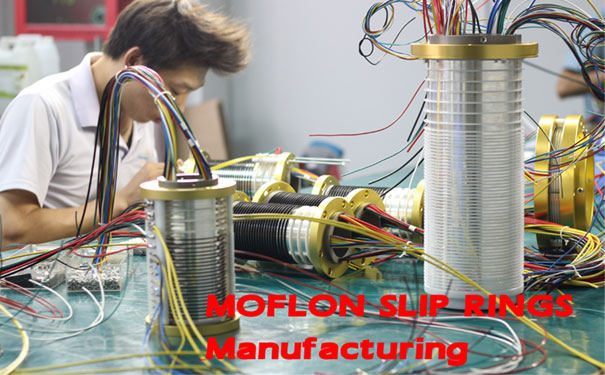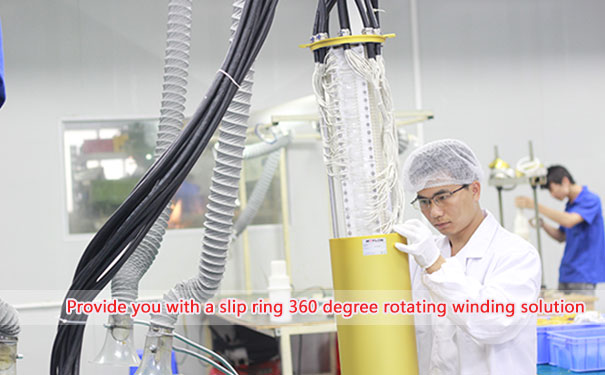Understanding the importance of carbon brush is not just limited to having an overview of what it is or what it does? There are several other factors that need to be taken into consideration for making the right choice of carbon brush in terms of material. Further, for diagnosis of carbon brush fault, we need to understand the factors causing the fault.

Generally, the working of carbon brush is hindered by the pull in or the pull out of the current. These factors are categorized in terms of the nature of the factor. They are commonly referred to as mechanical, electromagnetic and chemical factors.
Mechanical factors
The inappropriate placing and the pole gaps make the working of the rotor imbalanced, which translates to an improper carbon brush operation. Further, with such functioning of the brush, the level of vibration in the slip ring assembly unit increases.

Without proper insulation, the commutator plates bulge out of the surface and cause an imbalance in the unit, which again is not a good sign. In some cases, it is the erratic surface of the carbon brush that hampers the functioning of the slip ring and brush contact.
In various instances, the surface of the commutator ring is rough and uncleaned which amplifies the level of friction. The spring pressure also plays a key role in the process of transmission of the device. But things become tricky when there is an unprecedented rise in the pressure exerted in the conductive ring.
The loose grip of the stacking of the wires as a complete slip ring brush set is a vital reason in the disruption of the functioning of the slip ring. The weak structuring of the carbon brush wires also causes the sparks and circuit breaks.
Electromagnetic factor
The element of the flow of current between the brush and the ring usually follows a certain pattern. But, when the exciting current is introduced in the system in a sporadic pattern, there is a varying level of spark introduced in the system. It causes an uneven distribution of the current in the system. This renders the carbon brush ineffective irrespective of the quality of the material used.

Chemical factor
Usually, a copper oxide formation of a film of the carbon is formed on the surface of the brush and the commutator. Such oxide formation is essential in the conduction and transmission of current between channels. It gets disrupted when the slip ring operates in an environment where there is a presence of corrosive gases. Also, if there is a lack of oxygen in the operating environment, the formation of oxide film gets tampered leading to a deteriorated carbon brush performance.
This is, in the long run, reflected in the functioning of the slip ring and the equipment at large. Thus, it is essential to run a check on the conditions before installing a certain set of slip ring ore carbon brush.
